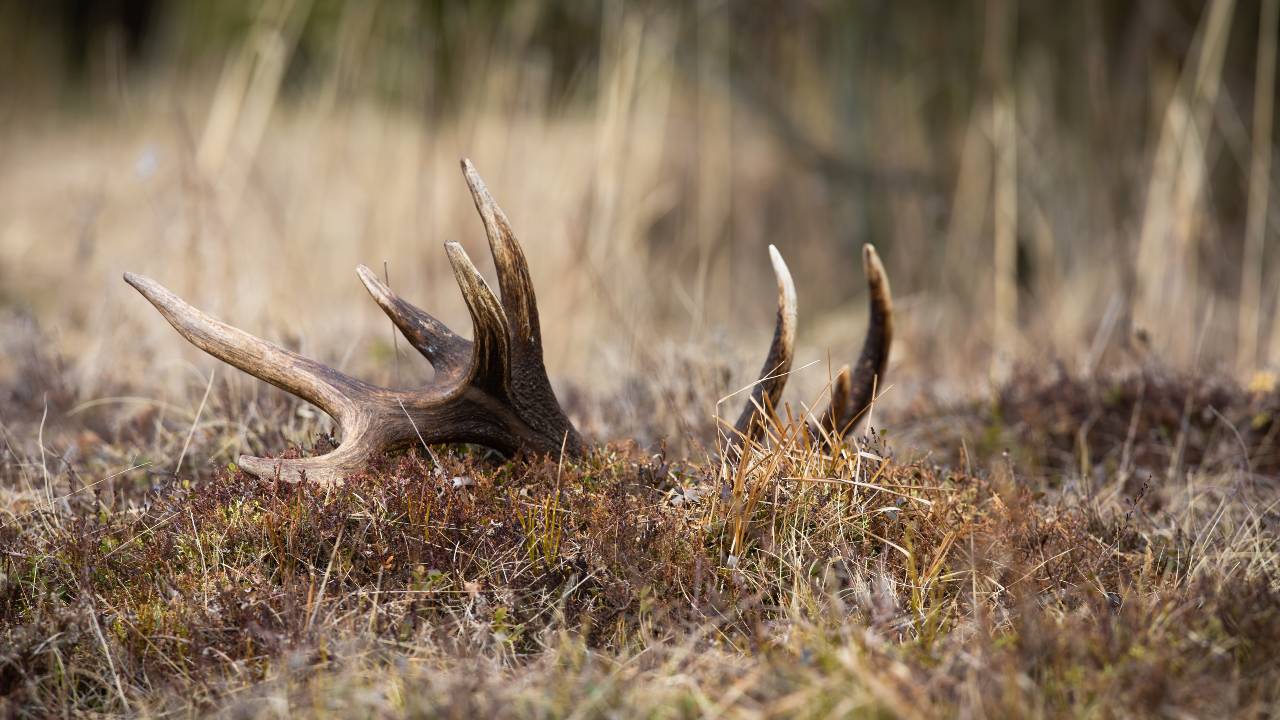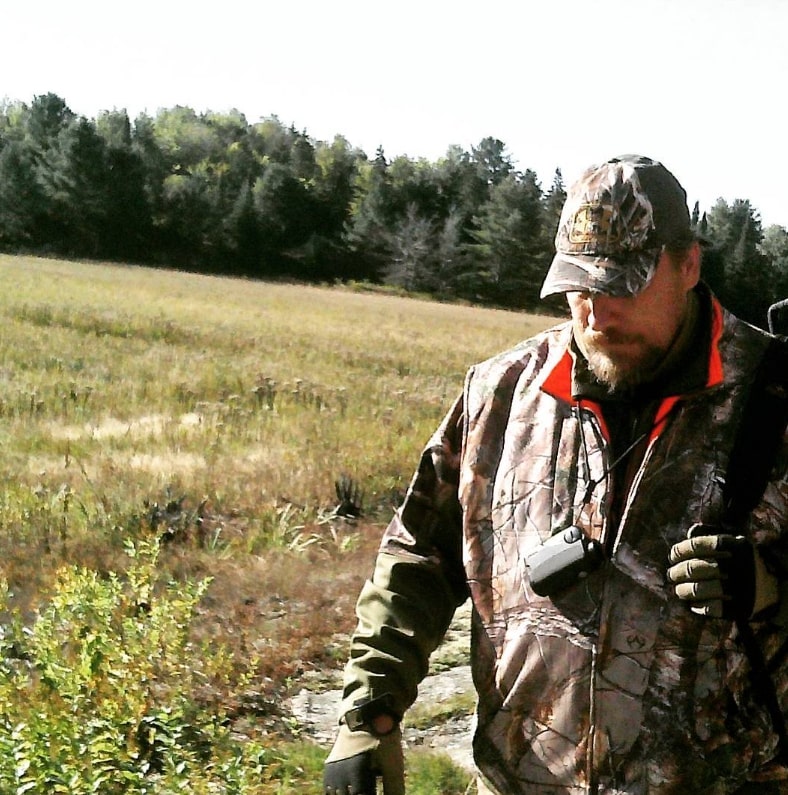Shed Antlers: Everything You Need to Know


Shed Antlers: A Comprehensive Guide for Hunters and Nature Enthusiasts
As a passionate hunter, outdoor enthusiast, or nature aficionado, you may have come across the term “shed antlers.” These are the antlers that deer, elk, moose, and other antlered animals shed every year, typically during late winter or early spring. Shed antlers are not only beautiful and intriguing but also have practical uses for hunters and wildlife biologists. In this guide, we’ll provide you with all the information you need to know about shed antlers, including why animals shed their antlers, when and where to look for them, how to differentiate between various types of antlers, and what to do with them once you find them.
Why Do Animals Shed Their Antlers?
Male deer, elk, and other antlered animals typically shed their antlers annually to make way for the growth of a new set of antlers. Antlers are composed of bone and are among the fastest-growing tissues in the animal kingdom. During the peak growth season, antlers can grow up to an inch per day, depending on the species and the individual animal.
As antlers grow, they require a lot of energy and nutrients. By shedding their antlers each year, animals can conserve energy and channel those resources towards growing a new set of antlers. Shedding antlers also helps animals avoid predation during the winter when food sources may be scarce, as antlers can be cumbersome in deep snow or dense vegetation.
When Do Animals Shed Their Antlers?
The timing of antler shedding varies depending on the species and the individual animal, but it usually takes place during late winter or early spring. For many species, shedding happens shortly after the breeding season ends, allowing animals to conserve energy and focus on recovering from the rigors of the mating season.
In addition to shedding their antlers every year, some animals may experience antler damage or breakage during the year due to fighting with other males, collisions with trees or other obstacles, or simply wear and tear over time.
Where to Look for Shed Antlers?
If you want to find shed antlers, you should focus on specific locations. Look for areas where animals spend a lot of time, such as feeding and bedding areas, including agricultural fields, meadows, and forest clearings.
Another important factor to consider when searching for shed antlers is the terrain. Antlers are more likely to be shed in areas where animals are forced to jump or exert themselves, causing the antlers to become dislodged. Areas with steep hills, gullies, or other obstacles can be particularly fruitful. Look for obvious deer trails and check around logs they might jump over or fences.
Lastly, consider the timing of your search. Shed antlers can be difficult to spot, especially if they’ve been on the ground for a while and have blended in with the surrounding vegetation. The best time to look for shed antlers is shortly after they’ve been shed, as they’ll be more visible and less likely to have been discovered by other hunters or wildlife enthusiasts.
Differentiating Between Types of Antlers
Not all antlers are the same, and it’s essential to be able to differentiate between them. Antlers can vary in size, shape, and color, depending on the species and the individual animal. For example, deer antlers typically have a forward curvature, while elk antlers tend to be more upright.
When you find a shed antler, examine it closely. Look for features such as the number of points, the thickness of the antler beam, and the overall shape of the antler. These features can help you identify the species and gender of the animal that shed the antler.
What to Do With Shed Antlers?
Once you’ve found shed antlers, you might be wondering what to do with them. There are a variety of options, depending on your interests and preferences.
For hunters, shed antlers can serve as valuable scouting tools. By locating sheds, hunters can gain insight into the types of animals that inhabit an area, as well as their approximate size and age. Some hunters also use shed antlers to create realistic decoys or to craft custom calls.
Wildlife biologists and researchers also use shed antlers for a variety of purposes, including studying animal behavior, tracking population trends, and conducting genetic analysis.
Finally, shed antlers can also serve as unique and interesting decorative pieces. Many people collect shed antlers and use them to adorn their homes, cabins, or other spaces.
Shed antlers are fascinating and beautiful natural artifacts that can provide valuable insights into the world of wildlife. By understanding why animals shed their antlers, when and where to look for them, and how to differentiate between various types of antlers, you can gain a deeper appreciation for these unique and intriguing natural wonders.




